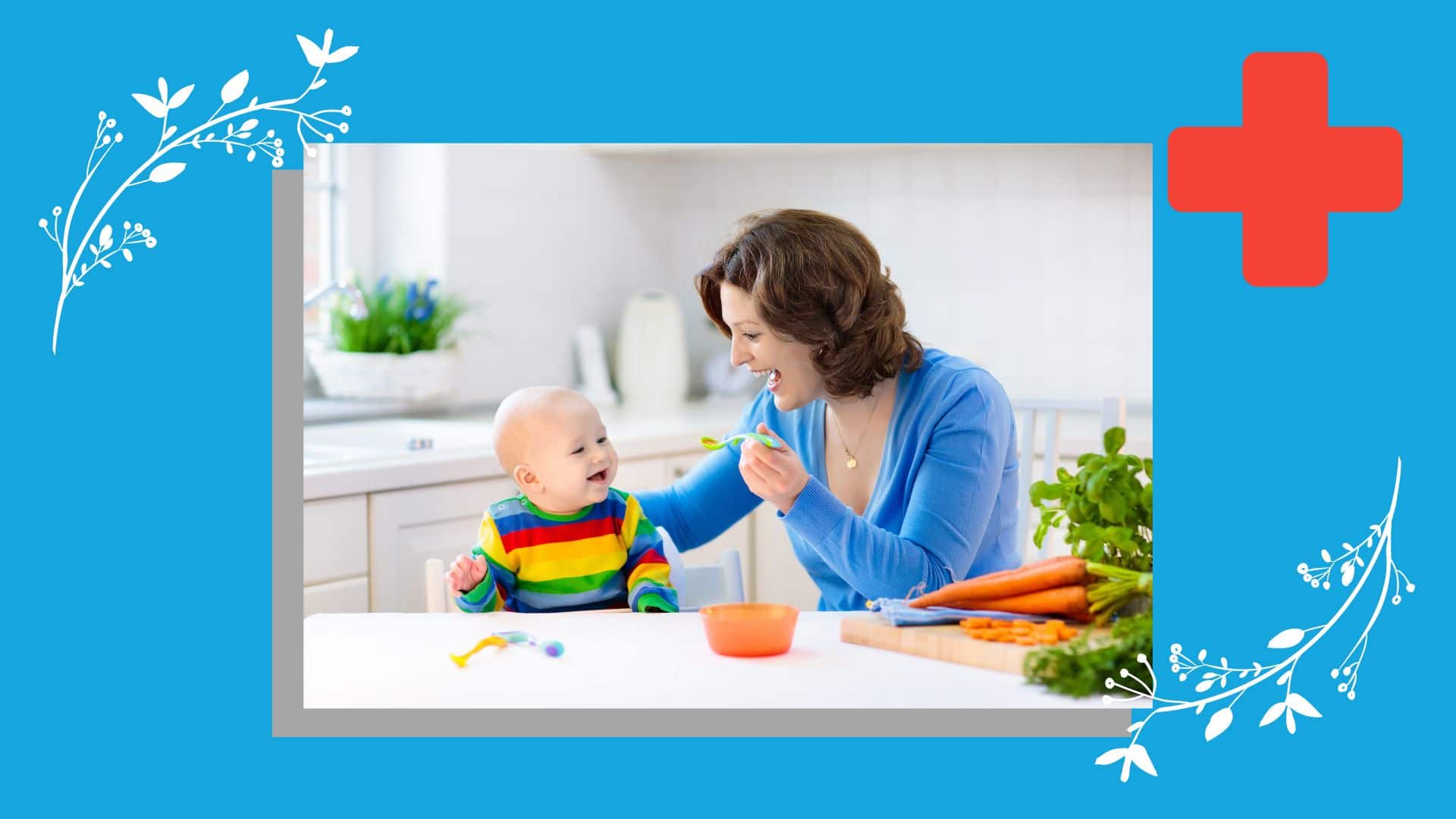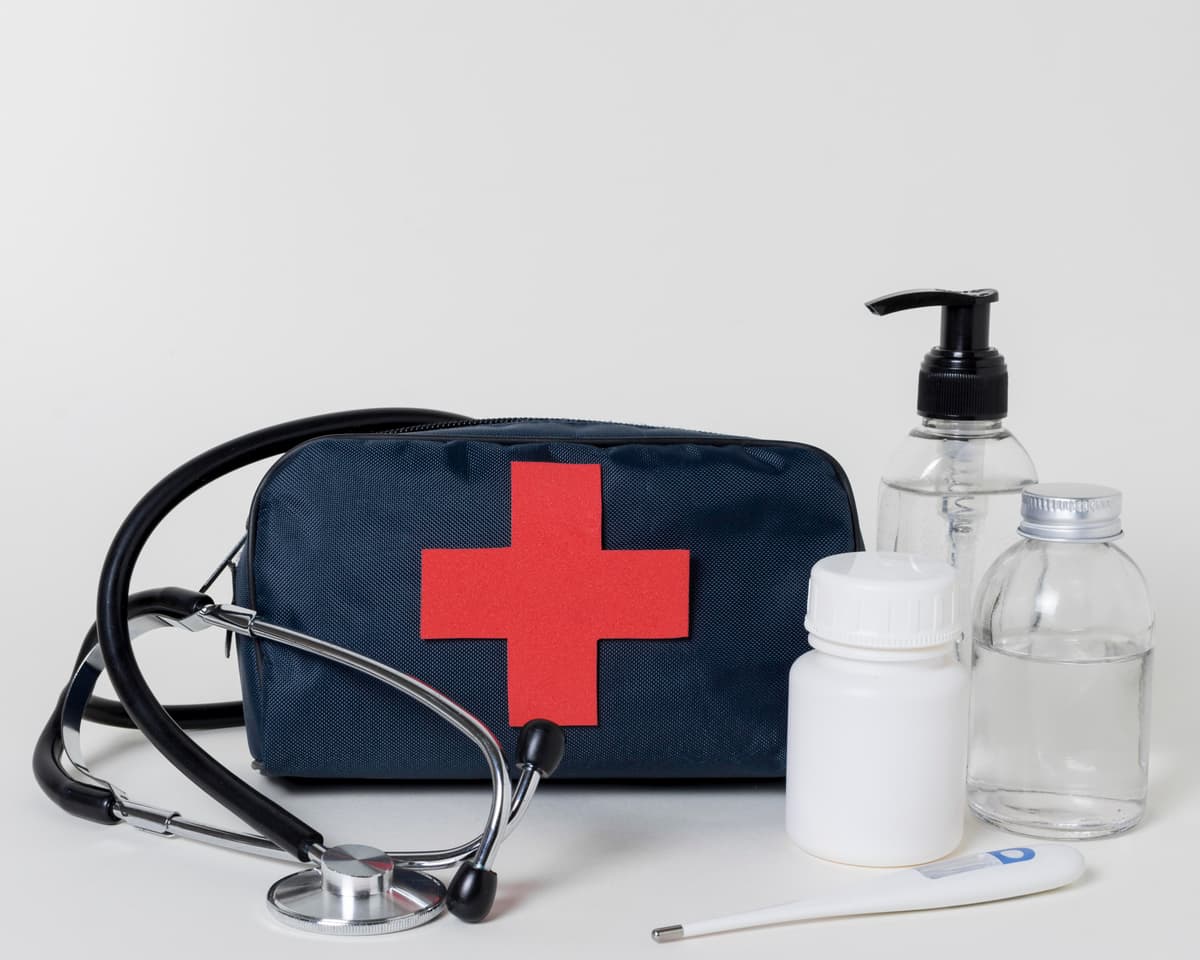
Ensuring the safety of your infant is important, and one of the most critical aspects to consider is the risk of choking. Choking is a leading cause of injury and death in young children, making it essential for parents to be well-informed and aware. Understanding the dangers and taking proactive measures can make all the difference in keeping your baby safe from this preventable hazard.

Choking occurs when an object, food, or liquid blocks the airway, preventing air from reaching the lungs. This blockage can lead to a lack of oxygen and, if not promptly addressed, can result in severe injury or death. In infants, the small size of their airways makes them particularly susceptible to choking.
According to Children’s Hospital Colorado, objects smaller than 1.25 inches in diameter or 2.25 inches in length are risky for infant choking. Infants are at a higher risk of choking for several reasons. Infants are still developing their ability to chew and swallow effectively. Their coordination is not fully developed, making it easier for food and objects to accidentally enter the airway. Babies also explore their world by putting things in their mouths. This natural behavior increases the likelihood of choking on small objects.
Some common choking hazards for babies include toys, certain foods, and candies. According to the American Academy of Pediatrics, food is responsible for more than 50% of choking episodes in children.
Ensuring the safety of your infant involves taking proactive steps to prevent choking incidents. There are proper feeding techniques and other preventives that every parent and caregiver should follow. These steps are crucial in creating a safe environment for your baby and significantly reducing the risk of choking.
Always feed your infant in an upright sitting position to facilitate easier swallowing and reduce the risk of choking. A study published in the Journal of Pediatric Gastroenterology and Nutrition found that proper feeding positions can significantly decrease the risk of aspiration and choking in infants. Cut food into small, manageable pieces that are appropriate for your baby’s age and chewing abilities. For example, cutting grapes into quarters and hot dogs into thin slices can be beneficial. Offering soft, easily mashed foods like bananas, avocados, and cooked vegetables can make swallowing safer and easier.
Being vigilant and never leaving your baby unattended while they are eating is a great habit to establish. Stay close and keep an eye on them to quickly address any signs of choking. Creating a calm, distraction-free environment during feeding times can help your infant stay focused while eating.
Childproofing your home to keep small objects out of reach can reduce the risk of choking on household items such as batteries or coins, for instance. Choose toys that are also suitable for your baby’s age and developmental stage. Look for toys that do not have small parts that can easily break off and become choking hazards. The U.S. Consumer Product Safety Commission (CPSC) provides guidelines and recalls for toy safety to help parents make informed decisions.
Early recognition of choking signs is crucial for timely intervention. Knowing what to look for can make all the difference in possibly saving your child’s life. By being aware of the signs and symptoms, you can provide the best possible outcome for your child in an emergency.
If your baby suddenly has trouble breathing and cannot make any sound, it’s a strong indicator that their airway may be blocked. On the other hand, your infant could struggle by making wheezing or gasping noises. Look for a bluish tint around the lips, face, or fingernails. This discoloration, known as cyanosis, indicates a lack of oxygen due to a blocked airway.
Your baby might show signs of panic, such as flailing their arms or legs, and look very distressed. If the blockage isn’t cleared quickly, the baby may lose consciousness due to the lack of oxygen.

Taking an infant first aid and CPR course is key so that you can be prepared in case of an emergency. Knowing the correct techniques can make a crucial difference in a choking situation. There are many courses that provide hands-on training and detailed instructions on how to handle various emergencies, including choking. These courses offer comprehensive knowledge, helping you understand the risks and prevention strategies for choking and other emergencies. Infant first aid and CPR is significantly different from adult CPR, which is why proper training is necessary.
By understanding the risks of choking and implementing effective preventive measures, you can create a safer environment for your baby and reduce the likelihood of emergencies. Proper feeding techniques, a childproofed home, and age-appropriate toys are all crucial steps in preventing choking incidents. Ultimately, a commitment to safety and preparedness will provide you with peace of mind and help you protect your child from harm.

Hot tubs have long been a source of relaxation and social gathering, providing a warm and soothing escape from the stresses of everyday life. However, the relationship between hot tub usage and pregnancy has been a topic of concern and curiosity for many. As expectant parents seek to ensure the health and well-being of their …

Navigating the food landscape for individuals with autism presents formidable challenges. These challenges are compounded by food aversions, sensory sensitivities, and behavioral complexities that can make the simple act of making or ordering food a lot more difficult. Expert research underscores prevalent issues such as tantrums, extreme food selectivity, and nutritional deficiencies among those on …

When catastrophic events such as natural disasters, mass shootings, or acts of violence unfold, children can be left feeling confused, scared, and stressed. Understanding that children respond differently to such situations is crucial. Today, we’ll explore strategies for effectively handling and supporting children as they process these tragedies. Understanding children’s responses to tragedy Children respond …